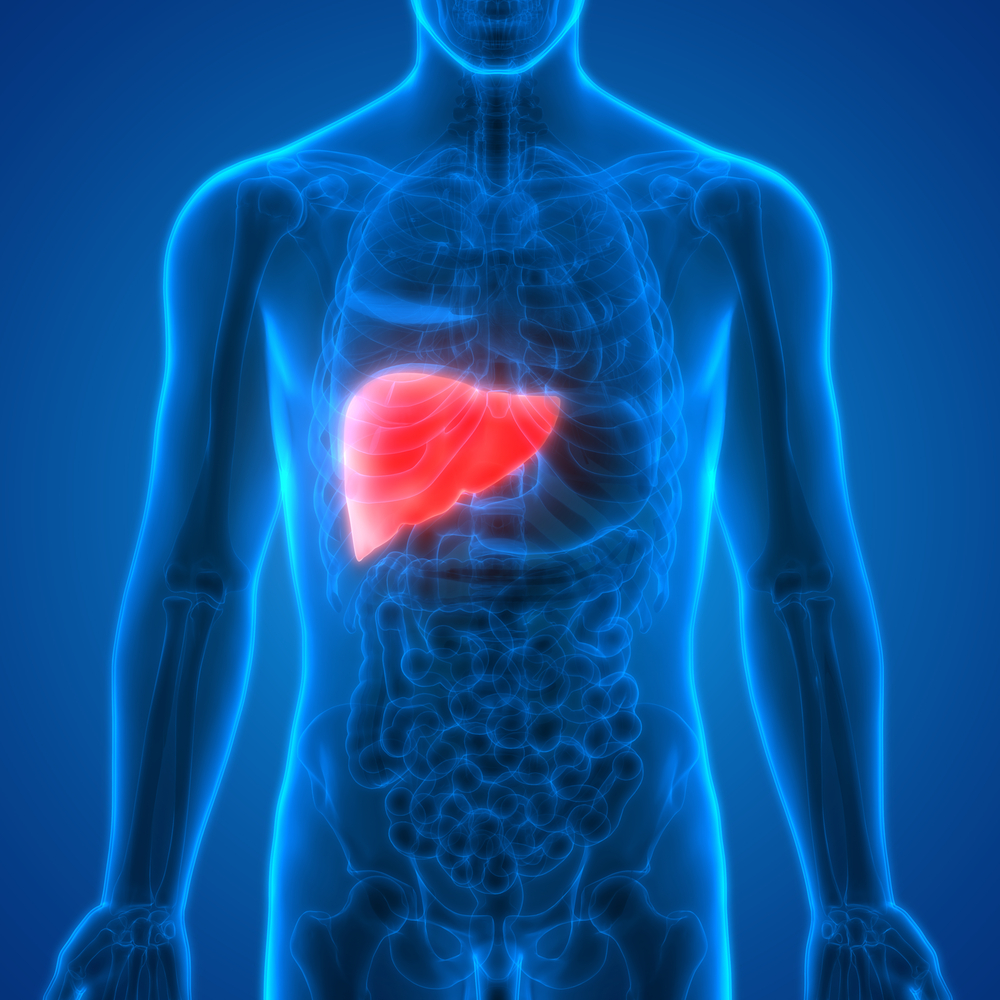Histone Deacetylase Inhibitors May Be a Way to Treat Fatty Liver Disease in Cushing’s Patients, Study Finds

Therapies known as histone deacetylase inhibitors reduced fatty liver disease in a rat model of Cushing’s syndrome, a study reports.
(HDACi) was found to reduce hepatic steatosis – also known as fatty liver disease – in a rat model of Cushing’s syndrome, according to a new study.
Researchers’ article, “Histone deacetylase inhibition attenuates hepatic steatosis in rats with experimental Cushing’s syndrome,” appeared in the Korean Journal of Physiology and Pharmacology.
The cause of Cushing’s syndrome is the body producing high levels of the hormone cortisol over a prolonged period, often due to a tumor in the pituitary gland. The disease is characterized by obesity, diabetes, and muscle atrophy. Sometimes it causes hepatic steatosis, or fatty liver disease, a condition that involves high levels of triglyceride fat accumulating in liver cells.
The effects of cortisol and other glucocorticoids are regulated by the glucocorticoid receptor. When cortisol binds to the receptor, the complex migrates to the cell’s nucleus, where it regulates that expression of certain genes.
Scientists know that glucocorticoids regulate lipogenesis, or the production of fat molecules, by increasing gene expression. But the exact mechanism that glucocorticoids use to cause hepatic steatosis is unknown.
When proteins are produced, they can become modified by the addition of various groups, such as an acetyl group in a process called acetylation. When a glucocorticoid receptor becomes acetylated, it can have impact on gene expression.
Histone deacetylase inhibitors, or HDACis, work to stop the removal of acetyl groups from proteins, increasing protein acetylation. Previous studies have shown the HDACi valproic acid (VPA) led to an increase in the acetylation of another receptor, the mineralocorticoid receptor, which correlated with reduced expression of certain genes.
This prompted researchers to hypothesize that VPA would lead to an increase in acetylation of the glucocorticoid receptor and reduce expression of genes, including ones involved in fat production in the liver.
To test their hypothesis, researchers treated a rat model of Cushing’s syndrome with VPA. They did this by administering HDACi to the rats’ drinking water.
VPA led to a decrease in steatosis and expression of genes that are involved in fat production in the liver. The inhibitor signficantly descreased the enrichment of the glucocorticoid receptor near genes involved in fat production, including acetyl-CoA carboxylase (Acc), fatty acid synthase (Fasn), and sterol regulatory element binding protein 1c (Srebp1c).
VPA is a pan-HDAC inhibitor, or one that acts on all proteins. Researchers wanted to determine which HDACi lowered liver fat accumulation, so they treated fatty liver cells with different types of HDACi. They discovered that an HDAC class I-specific inhibitor decreased fat production in liver cells.
“Taken together, these results indicate that HDAC inhibition attenuates hepatic steatosis through [glucocorticoid receptor] acetylation in experimental [Cushing’s syndrome],” the team concluded.
The way researchers think this occurs is that acetylation of the glucocorticoid receptor decreases its DNA binding activity and the expression of genes that regulate fat production and hepatic steatosis.






